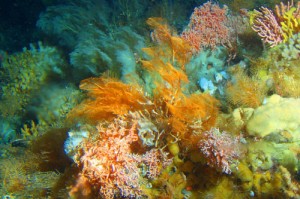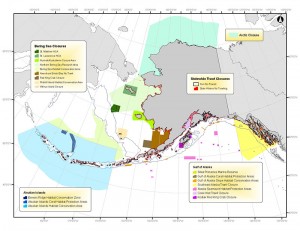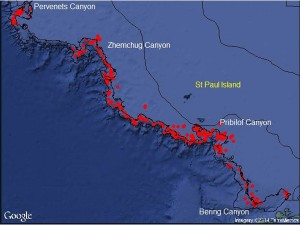Deep sea coral grow in the deeper and colder waters of the world’s oceans. Coral live long, grow slowly, and can be vulnerable to various kinds of anthropogenic activity. It is thought that deep sea coral can, at times, serve as important fish habitat by providing places of refugia for fish and by providing structural relief along the ocean bottom.
Understanding coral is crucially important to fishery management. Where are coral found? What are their life history attributes? What role do they play in providing habitat for fish species? How does human fishing gear affect coral and what is the spatial extent of fisheries?
The Marine Conservation Alliance works to ensure that there is seafood to feed the world. Understanding deep sea coral and the fisheries around them through quality science drives excellent conservation policy.

Essential Fish Habitat (EFH), as defined by the Magnuson-Stevens Conservation and Management Act, is an important part of our work around deep sea coral. You can read more about EFH by clicking here.

The National Oceanic and Atmospheric Administration (NOAA) is a valued partner in the study of deep sea coral. Read what they have to say by clicking here.


